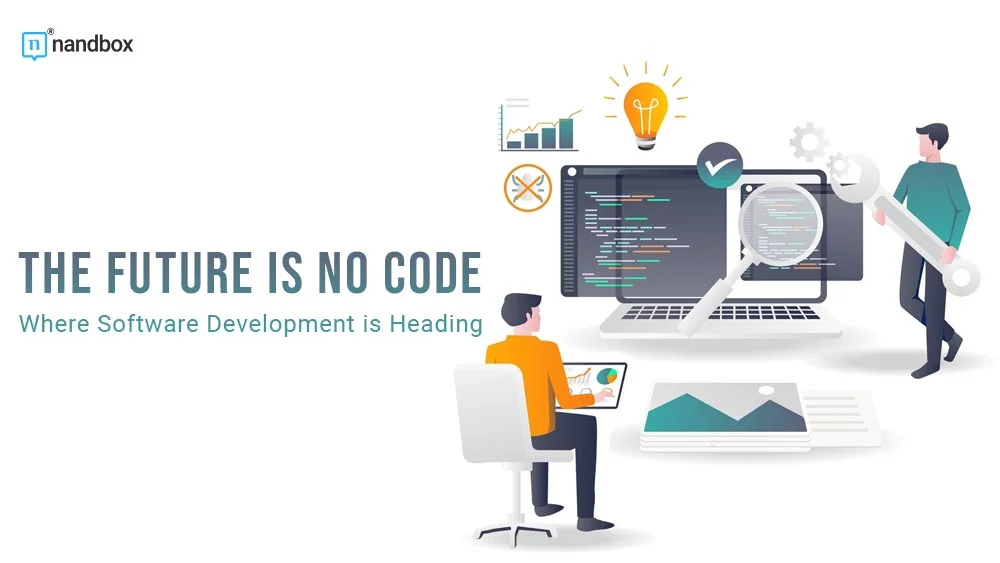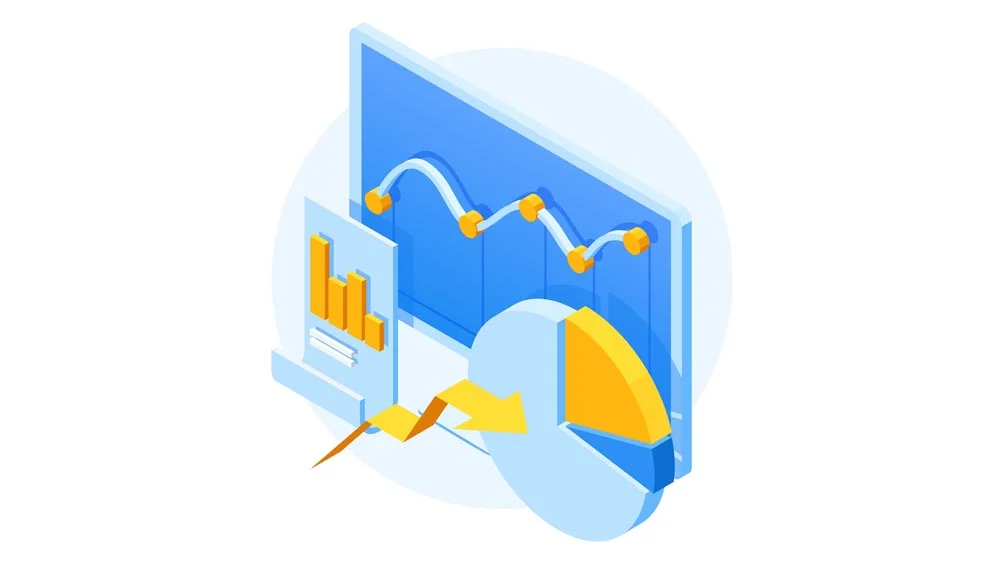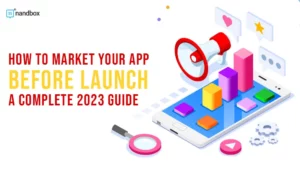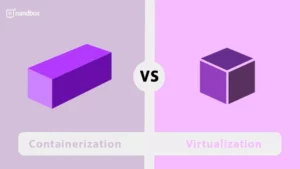We are at a point where software development is shaping our lives, not just one part of it. What might not be noticeable is that new software trends and movements arise every year. For instance, mobile apps were nonexistent only 16 years ago, but now we use them excessively every day. While we’re speaking, new technologies are under development to conquer our world in the next few years. While there’s no telling what the future looks like for software development, many experts think that the no-coding movement IS the future. We think so, too. This article is about the no-code movement and why it’s a movement, not a trend.
What is the No-Coding Movement?
The term no-code refers to a method of developing software that eliminates the need for programmers and coders on the front end. Programmers handle the backend development of the platforms where the apps will be created. After finalizing the platforms, they focus on security measures and system enhancements.
Applications can be built with a simple drag-and-drop approach, graphical interfaces, and automated processes. It’s much less challenging and takes much less time to create no-code software.
Developers and non-programmers can take advantage of no-many code’s advantages, such as the speed and simplicity with which applications can be built, changes can be implemented, and new software can be released. Also, the price is typically lower for no-code applications than for conventional coding and programming.
How No-Code Started
The number of programmers available per computer is shrinking so fast that most computers in the future must be put to work, at least in part, without programmers.
James Martin, 1981 in his book Application Development Without Programmers
Back in 1981, that was just speculation on his part, albeit backed by his expertise in the field. Today, only 0.3% of the world’s population are professional software developers, while the demand for new software solutions increases daily. His future predictions came true and the no-code movement is living proof.
The first no-coding platforms were Excel in the 1980s and WordPress for website development in the early 2000s. Now, there are more advanced website builders like Webflow, and a wide array of app builder platforms, in addition to automation tools. Hiring a dedicated Webflow development company will make your no-code experience maximum efficient and fast.
How No-Code Development Works
Data abstraction and encapsulation are two programming techniques used by the no-code approach. Abstracting data means representing it in a simplified form while preserving its essential structure and relationships. It simplifies the system while keeping the crucial data intact, making it more accessible and less intimidating to new users.
Encapsulation refers to the process by which information and capabilities are bundled into a single package that can be accessed and used independently. Its purpose is to improve the system’s stability and reliability. Both methods yield no-code applications that are simple to deploy, manage, and update.
If we ignore the technical details, no-coding platforms allow users to learn only the information required to use them effectively. Users of a no-coding platform will not be knowledgeable about the technical aspects, such as what happens behind the scenes or in the app’s code when they drag and drop an element to the app’s interface, for example.
Why The No-Code Movement Is Not Just a Trend
As Martin predicted, there aren’t enough programmers to keep up with the demand for new software if we only rely on traditional software development methods. However, no coding doesn’t only solve this problem; it creates many other solutions for software developers and businesses looking to develop software or automate their tasks.
No coding created a new job opportunity for software developers, building no-coding tools and platforms.
As for companies, they don’t have to hire teams and pay them by the hour to develop software. They can use websites and app builders to finalize their products or try out the concepts. For example, a company might release a web app made with no coding, and if it’s successful, they scale it up or build another one with custom development. The company can focus its efforts and resources on marketing and selling the product.
Similarly, other companies can use no-coding automation tools, like Zapier, to streamline the workflow and eliminate mundane duties. So, instead of focusing on repetitive administration tasks, they would concentrate on other managerial aspects.
Moreover, no-code development levels the playing field for small businesses. Now, they can also build applications and websites to increase their brand presence in the market. All they have to do is afford a monthly or an annual fee.
We’ve been talking about the no-code benefits, but it doesn’t necessarily mean it’s prospering now or in the future. But it is hitting the mark. Let’s take a look at the statistics.
No-Coding Statistics
These are some no-coding statistics with mention of low-coding, too. Note that no coding isn’t the same as low coding. The latter has some coding involved and requires a bit of programming knowledge.
- 82% of businesses are unable to hire enough qualified software engineers, according to ADT magazine.
- According to Gartner, by 2024, no-code development will account for 65% of all app activity.
- Gartner Says that in the next two to five years, citizen development tools will become mainstream.
- According to Gartner, by 2024, 75% of large enterprises will use at least four low-code or no-code development tools for IT and citizen development projects.
- 80% or more of businesses believe that citizen developers, developers using no-code apps, are becoming increasingly valuable to their operations.
- According to Gartner, the number of citizen developers in large enterprises will be at least four times that of professional developers by 2023.
- Microsoft predicts that, within the next five years, there will be 500 million new mobile applications, of which 450 million will be created using no-code, low-code development environments.
You can become a part of the no-code movement and witness its revolutionary technology in the future when you sign up for nandbox, the only native app builder in the market.







